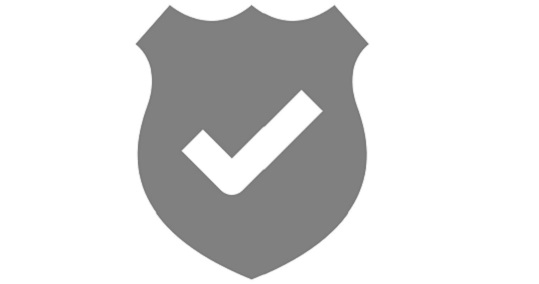 Worker Safety
Worker Safety
Aim: Prevent and manage issues that result in harm to an employee, including physical, mental, and emotional harm. This includes both workplace violence and worker injury.
Task Force Recommendations Address:
-
-
- Foster a culture of reporting
- Creation of commitment letters
- Training and education
- Collection and use of data
- Support for affected workers
- COVID-19 Spotlight
-
View the Task Force Report here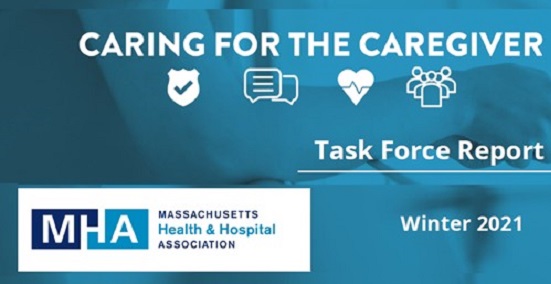
If you are interested in learning more about this work from task force leaders, we encourage you to check out this Caring for the Caregiver webinar.
Latest Resources:

AHA Issue Brief: Building a Safe Workplace and Community — Mitigating Risk of Violence
This issue brief examines risk mitigation and marks the first in a series that expand on culture of safety, violence intervention, trauma support and risk mitigation.
»Full Article
Patient Safety Awareness Week: March 12-18
Includes three free webinars hosted by IHI.
»Full Article
MHA Members Issue a United Call to Action on Violence in Healthcare Facilities
Principles will be adapted within each organization’s Codes of Conduct.
»Full Article
WEBINAR | Care of Infants with RSV in the NICU
On December 19, 2022, MHA hosted this webinar with four key objectives.
»Full Article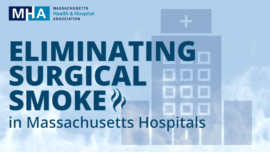
WEBINAR | Eliminating Surgical Smoke
Massachusetts hospitals have committed to eliminating surgical smoke from their facilities by 2024. This preliminary webinar is intended to help provide facilities with tools, resources, and case studies to fulfill the mission.
»Full Article
WEBINAR | High Flow Nasal Cannula (HFNC) in Bronchiolitis: Managing Care Outside the ICU
Given the recent surge in cases of respiratory illness in children, MHA and the Department of Public Health hosted a webinar, High Flow Nasal Cannula (HFNC) in Bronchiolitis.
»Full Article
Mass. Hospitals Commit: Eliminating Surgical Smoke by 2024
The MHA Board of Trustees is calling on all Massachusetts hospitals to eliminate surgical smoke from their facilities by 2024 through the implementation of a nationally recognized smoke evacuation program. Surgical smoke is produced by the destruction of tissue by use of lasers or electrosurgical devices. Research studies confirm that surgical smoke can contain toxic gases and vapors such as benz...» Full Article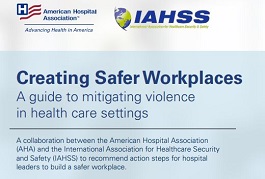
Creating Safer Workplaces
Overview: Hospital and health system leaders who continually emphasize the importance of physical and psychological well-being promote cultures that heighten safety in their organizations. They embed procedures into daily operations to instill a safety mindset at all levels, entrench security and safety functions in their enterprise strategies, and design their organizations to maximize safety...» Full Article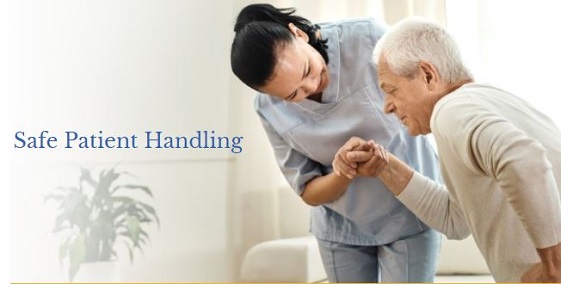
Safe Patient Handling
Overview: One major source of injury to healthcare workers is musculoskeletal disorders (MSDs). In 2017, nursing assistants had the second highest number of cases of MSDs. There were 18,090 days away from work cases, which equates to an incidence rate (IR) of 166.3 per 10,000 workers, more than five times the average for all industries. This compares to the all-worker days-away from work rate of ...» Full Article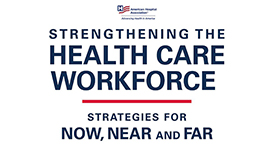
Strengthening the Healthcare Workforce
The American Hospital Association’s Task Force on Workforce has released a new resource to help hospitals navigate workforce challenges and opportunities, as well as highlight strategies, resources, and case studies to assist on these pivotal efforts. Included in this resource is Section 1 focusing on Support the Team through addressing wellbeing, support behavioral health, and workplace violen...» Full Article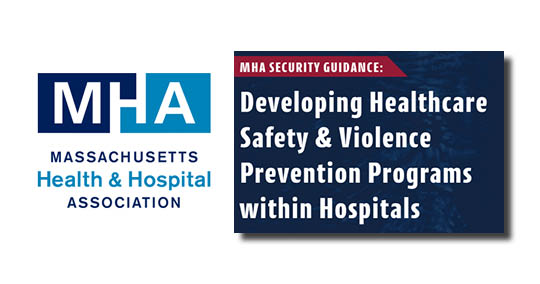
MHA Developing Healthcare Safety & Violence Prevention Programs
Massachusetts hospitals continue to be committed to the protection, health, and wellbeing of our healthcare workforce and patient populations. This includes developing policies and procedures to prevent threatening or intimidating conduct and actual physical violence within hospitals and healthcare settings. In response to concerns regarding increased risk of violence in healthcare settings, t...» Full Article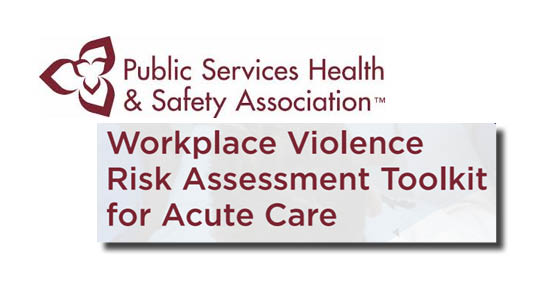
Public Services Health & Public Safety Association, Workplace Violence Risk Assessment Toolkit for Acute Care
The Workplace Violence Risk Assessment Toolkit for Acute Care contains a detailed hazard assessment designed to help either the acute-care or long-term-care workplace. Read more... ...» Full Article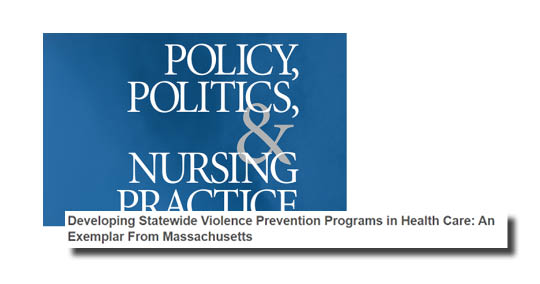
Policy, Politics & Nursing Practice, Developing Statewide Violence Prevention Programs in Health Care: An Exemplar From Massachusetts
Workplace violence is on the rise in health care. This problem contributes to medical errors, ineffective delivery of care, conflict and stress among health professionals, and demoralizing and unsafe work conditions. The purpose of this article is to report on the quality and safety improvement work that has been done statewide by the Massachusetts Health & Hospital Association and to provide...» Full Article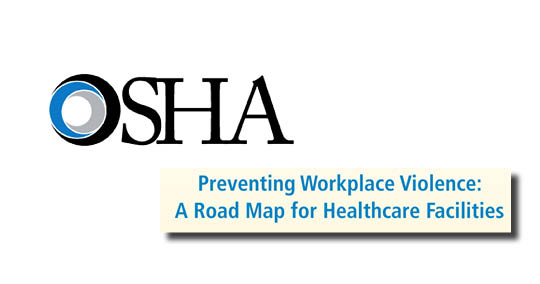
OSHA, Preventing Workplace Violence: A Road Map for Healthcare Facilities
OSHA has developed this resource to assist healthcare employers and employees interested in establishing a workplace violence prevention program or strengthening an existing program. Examples have been drawn from about a dozen healthcare organizations nationwide, representing a range of facility types, sizes, geographic settings, and approaches to addressing workplace violence. Read more... ...» Full Article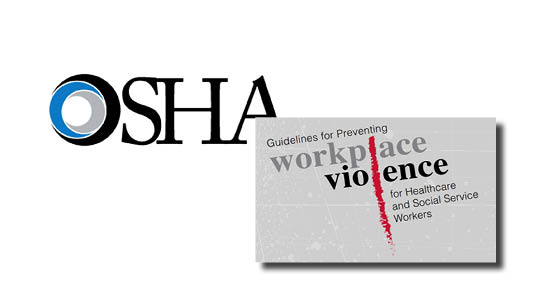
OSHA, Guidelines for Preventing Workplace Violence for Healthcare and Social Service Workers
Healthcare and social service workers face significant risks of job-related violence and it is OSHA’s mission to help employers address these serious hazards. This publication updates OSHA’s 1996 and 2004 voluntary guidelines for preventing workplace violence for healthcare and social service workers. OSHA’s violence prevention guidelines are based on industry best practices and feedback fr...» Full Article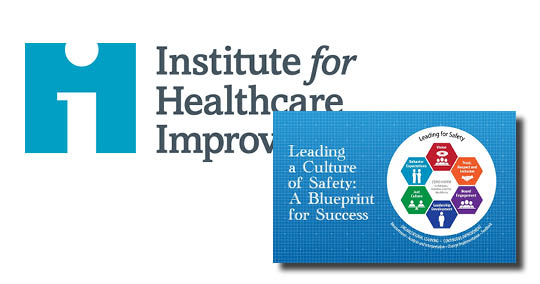
IHI, Leading a Culture of Safety: A Blueprint for Success
Leading a Culture of Safety: A Blueprint for Success was developed to bridge a gap in knowledge and resources by providing chief executive officers and other health care leaders with a useful tool for assessing and advancing their organization’s culture of safety. This guide can be used to help determine the current state of an organization’s journey, inform dialogue with the board and leader...» Full Article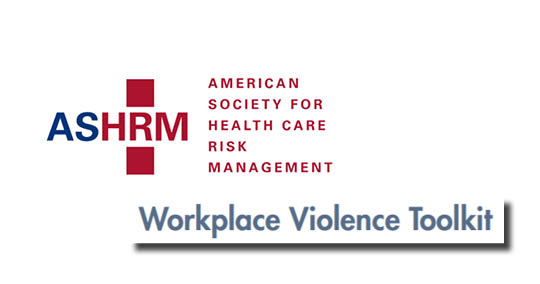
American Society for Healthcare Risk Management, Workplace Violence Toolkit
Violence in the workplace continues to be an area that risk managers need to be proactively preparing their institutions to prevent. At the same time, the risk manager needs to know what to do in the event they are faced with an immediate situation. This tool kit is designed to assist in both of these areas. Read more... ...» Full Article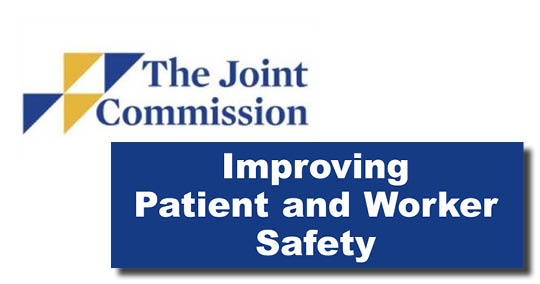
The Joint Commission, Improving Patient & Worker Safety: Opportunities for Synergy, Collaboration, & Innovation
This monograph is intended to stimulate greater awareness of the potential synergies between patient and worker health and safety activities. Using actual case studies, it describes a range of topic areas and settings in which opportunities exist to improve patient safety and worker health and safety activities. Read more... ...» Full Article
OSHA, Safety and Health Management Systems: A Road Map for Hospitals
A safety and health management system is a tool to help turn this situation around: a proven, flexible approach to proactively and continually address workplace safety and health issues.1 It provides the overarching framework for planning, implementing, evaluating, and improving all workplace safety and health management efforts. Read more... ...» Full Article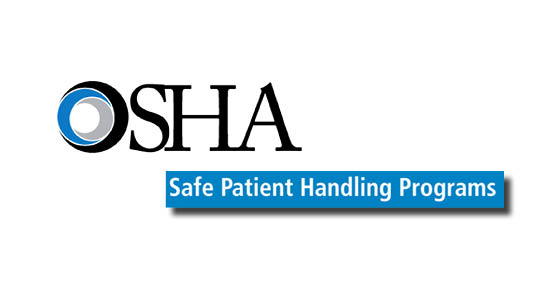
OSHA, Safe Patient Handling Programs: Effectiveness & Cost Savings
The Safe Patient Handling Programs: Effectiveness and Cost Savings document gives administrators a business case for investing in safe patient handling programs, policies, and equipment, based on real-life findings from hospitals across the United States that have successfully implemented these programs. Read more... ...» Full Article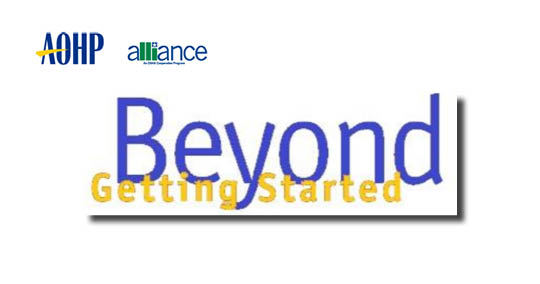
Association of Occupational Health Professionals in Healthcare Alliance
Beyond Getting Started: A Resource Guide for Implementing a Safe Patient Handling Program in the Acute Care Setting This resource guide addresses patient handling with the goal of providing the necessary tools for the occupational health professional (OHP) to implement a safe patient handling program. There is a great deal of emerging information, and this resource guide contributes toward the co...» Full Article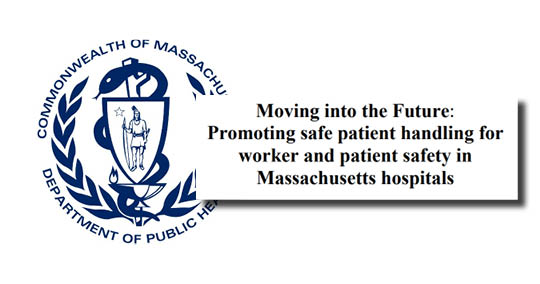
Occupational Health Surveillance Program, Massachusetts Department of Public Health
Moving into the Future: Promoting safe patient handling for worker and patient safety in Massachusetts hospitals The risks of injury to health care workers associated with the manual handling of patients are widely recognized. Findings from the survey of Massachusetts hospitals included in this report indicate that most Massachusetts hospitals have already taken steps to improve patient handli...» Full ArticleTranslate »
